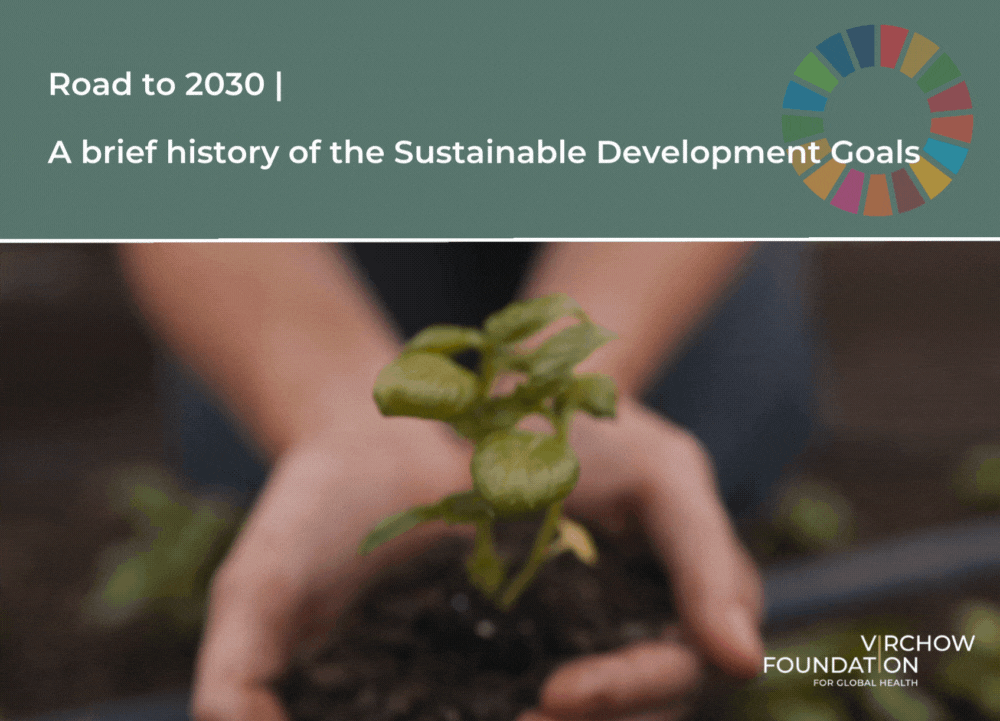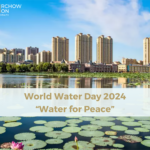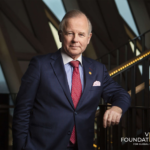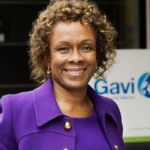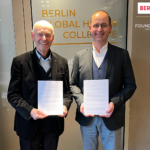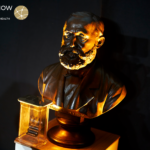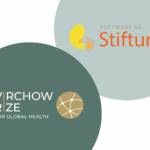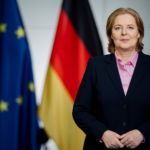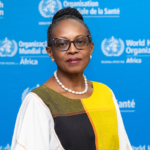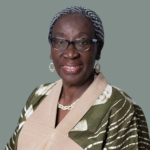In 2023, the world has reached the mid-way point for attaining the 2030 United Nations Agenda for Sustainable Development. On this occasion, the Virchow Foundation for Global Health will highlight history, progress and the challenges ahead for reaching the 17 Sustainable Development Goals (SDGs).
Key dates in 40 years of sustainable development
The development and adoption of the Sustainable Development Goals builds on decades of work done by countries and the United Nations. Before the first world conference on the human environment, hosted by the United Nations (UNCHE) and its Member States in Stockholm in 1972, environmental issues had not been given adequate attention from neither the public nor policy makers. During the UNCHE, a series of principles and an action plan was adopted from all participating countries. One significant outcome of the conference was the creation of the United Nations Environment Programme (UNEP).
Eleven years later, in 1983, the “Brundtland Commission”, named after and led by Dr. Gro Harlem Brundtland, was established. Also known as the World Commission on Environment and Development (WCED), or within the United Nations as the “UN Special Commission on the Environment”, the aim was to help direct countries globally towards sustainable development (1). The “Our Common Future” Report (also known as Brundtland Report) was published by the commission in 1987 shortly before their disbandment. It defined sustainable development for the first time as “a development that fulfils the needs of current generations without compromising the ability of future generations to fulfil their own needs” linking social, economic, cultural and environmental issues (1).
In June 1992, held on the 20th anniversary of the UNCHE, more than 178 countries adopted the “Agenda 21” action programme during the Earth Summit, the United Nations Conference on Environment and Development (UNCED), which took place in Rio de Janeiro. The Agenda 21 was a comprehensive plan of action to build a global partnership for sustainable development to improve human lives and protect the environment (2).
After the Earth Summit and Agenda 21, the next milestone was the unanimous adoption from all Member States of the Millennium Declaration during the Millennium Summit in New York. The start of a new millennium posed a unique opportunity to create a new strategy, adapted to the latest realities and needs of the world in the twenty-first century. The Summit, held in September 2000, was the largest gathering of heads of states and governments of all time until then. It led to the elaboration of the eight Millennium Development Goals (MDGs), to be achieved by the year 2015.
From MDGs to SDGs
The Millennium Development Goals formed the blueprint to reduce extreme poverty and started an unprecedented global effort to tackle the issue of poverty. The following international eight goals, including numerical sub-targets and deadlines, were formulated (3):
-
Eradicate extreme poverty and hunger
-
Achieve universal primary education
-
Promote gender equality and empower women
-
Reduce child mortality
-
Improve maternal health
-
Combat HIV/AIDS, malaria, and other diseases
-
Ensure environmental sustainability
-
Develop a global partnership for development
This Agenda unified nations and states, drove progress in several areas and kick-started global movements and initiatives (4) to combat these global health issues. Twelve years after the adoption of the Millennial Development Goals, the United Nations Conference on Sustainable Development (Rio+20) took place with two main themes: how to develop a green economy in the context of and the institutional framework for sustainable development (4). The declaration “The Future We Want” was adopted, listing a set of suggestions and measures for high-, middle- and low-income countries to consider implementing principles of sustainable development into reality. In Rio de Janeiro, the decision was also made to start the process of evolving the MDGs to a set of SDGs as well as organising the UN High-level Political Forum on Sustainable Development.
A year later, in 2013, an Open Working Group (OWG) consisting of 30 members was tasked by the UN General Assembly to develop a proposal on the Sustainable Development Goals. During Rio+20 it was established that these goals should be limited in number, aspirational and easy to communicate. No further specific elaborations had been proposed. Previously, the MDGs faced serious criticism from the global community, inter alia, the missing role of equity, gender issues, lack of strong objectives and disparities between nations (5). These were acknowledged by the OWG during their process.
In 2015, the General Assembly began their negotiation. The post-2015 development agenda was Member State led with the necessary and broad participation from different sectors and stakeholders. This process resulted in the adoption of the 2030 Agenda for Sustainable Development at the UN Sustainable Development Summit. The Agenda 2030 consists of 17 Goals with 169 targets and, as of this year 2023, a total of 3581 related events, 1342 publications and over 6700 actions.
2015 was a milestone year for global health and sustainable development with the adoption of several significant agreements to shape international policies, including the Addis Ababa Action Agenda on Financing for Development, the Paris Agreement on Climate Change and the Sendai Framework for Disaster Risk Reduction (6,7).
The United Nations implemented the campaign “Decade of Action” in 2020, marking ten years to deliver the 2030 Agenda. The global community has recognised the urgency for global action and cooperation. At this point of time, we have the necessary resources and tools to achieve the Sustainable Development Goals. Yet, overall progress is not made with the desired speed nor at the required level to reach these targets.
With the world now at a crossroad and halfway to 2030, the Virchow Foundation for Global Health will highlight all seventeen goals separately and ask: what has been achieved by the joint global activities? Where is accelerating action urgently needed? How did the global pandemic effect the progress of the goals and what might precede the year 2030? This series of posts will uphold the “Decade of Action” campaign while counting down to the 2023 SDG Summit in September.
We must mobilise everyone, everywhere; demand urgency and ambition; supercharge ideas to solutions and facilitate powerful cooperation for development (8). Let us unite – for people, planet, prosperity, peace and partnerships.
References

